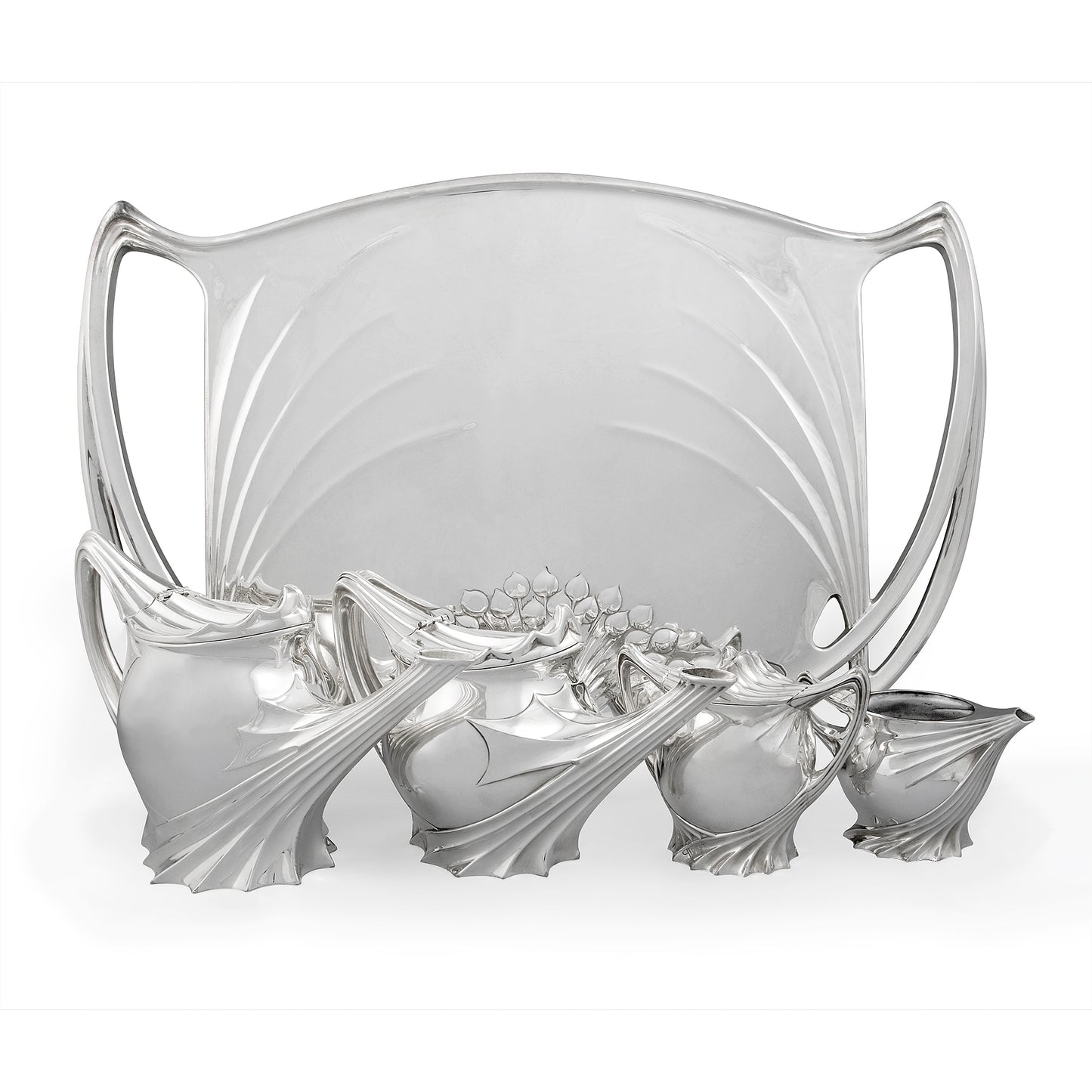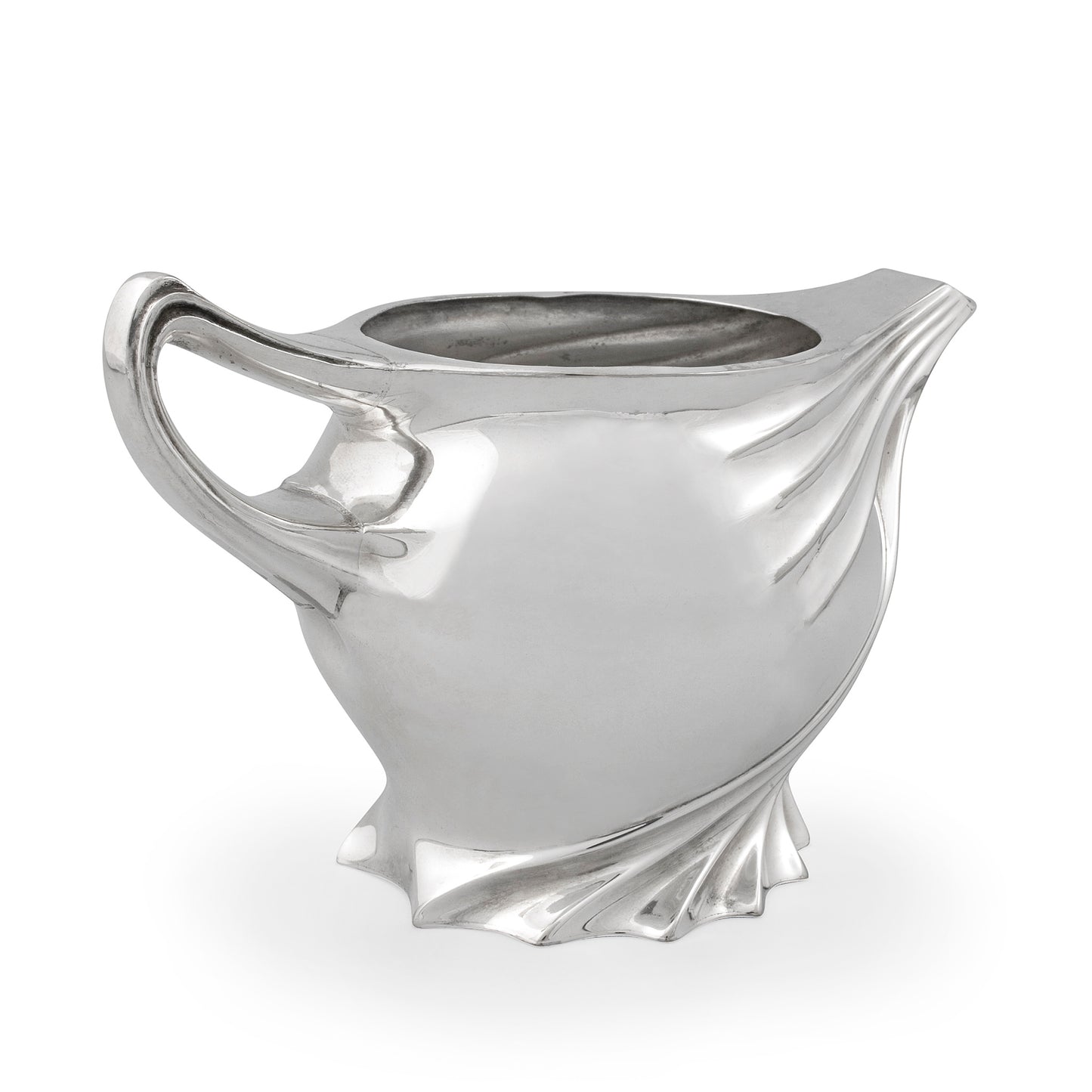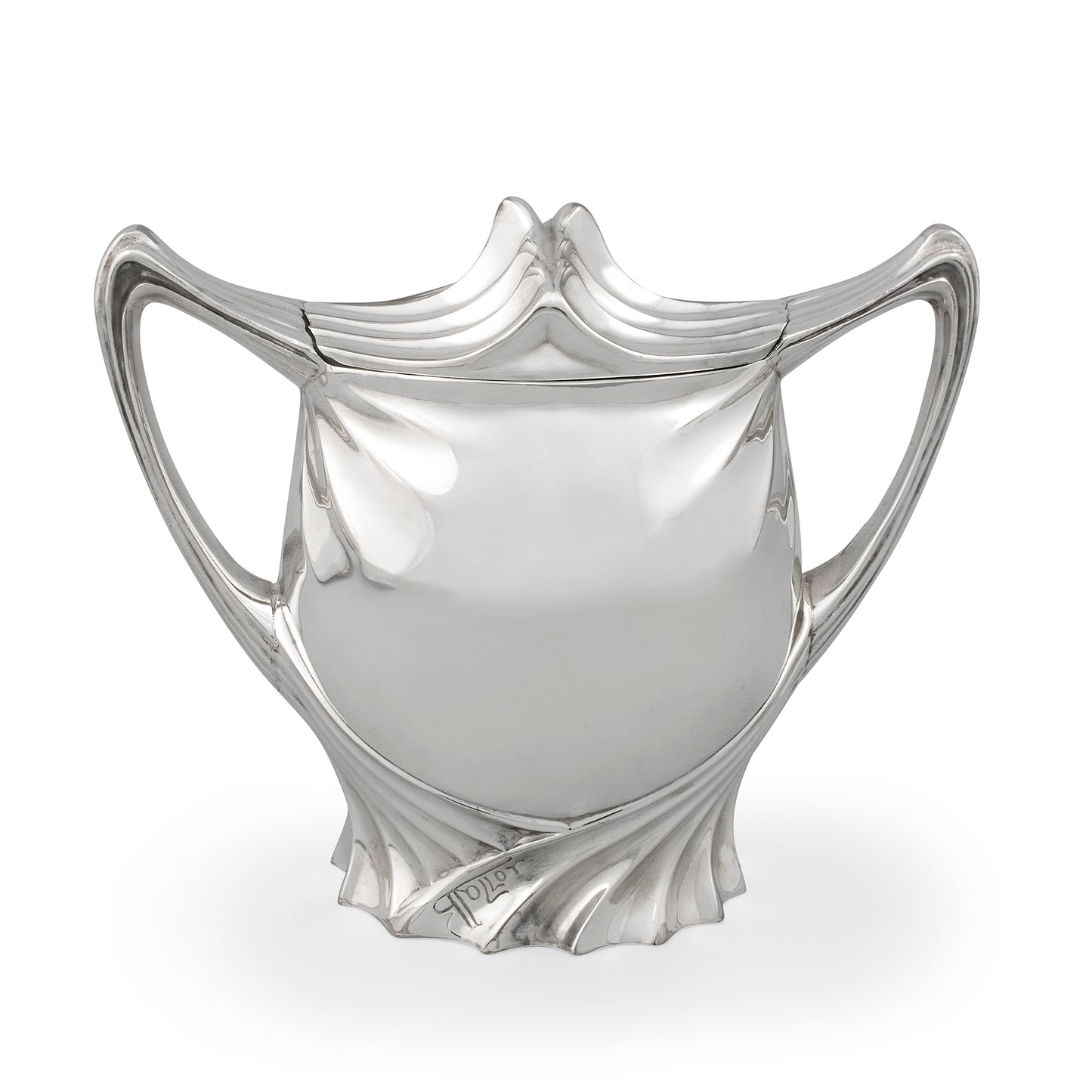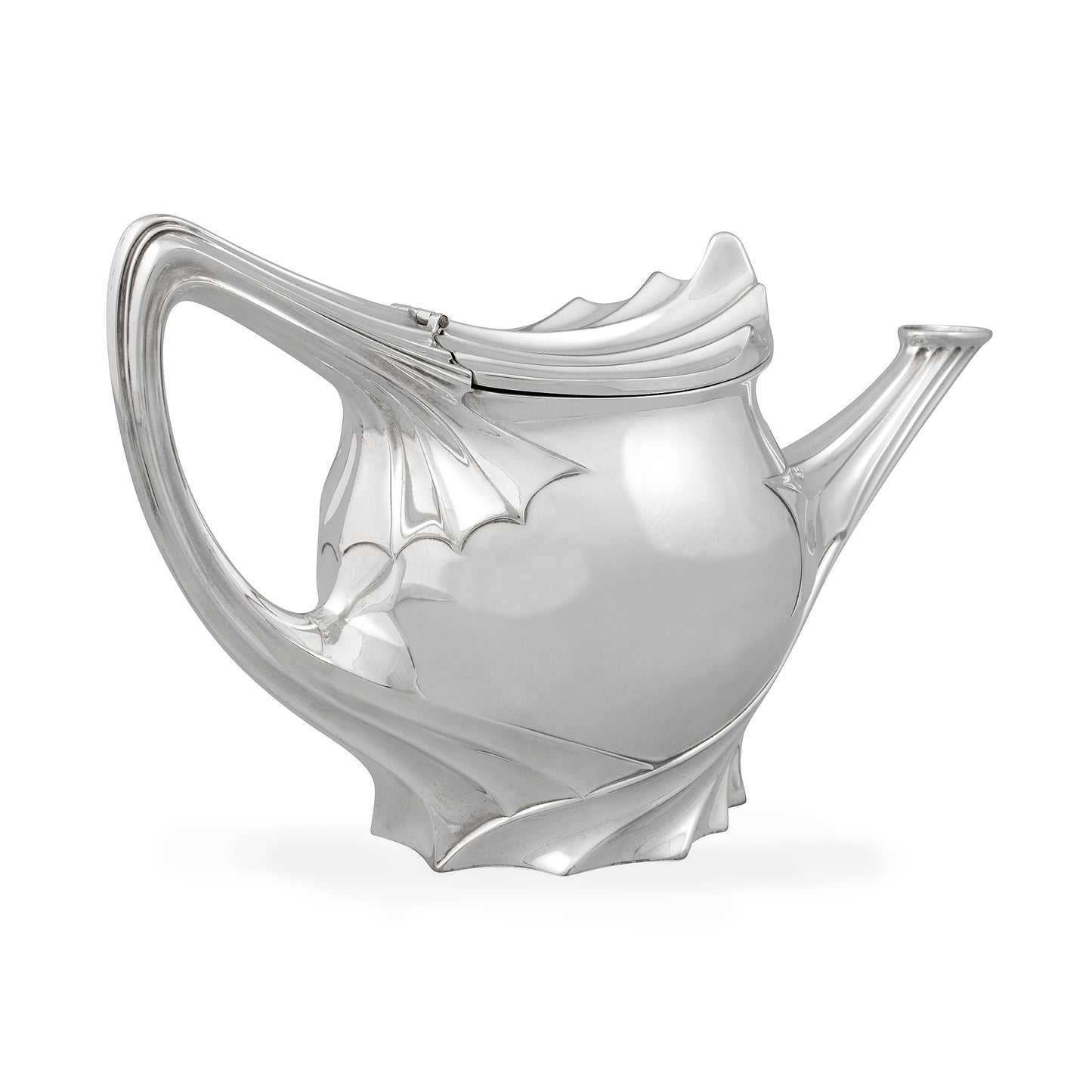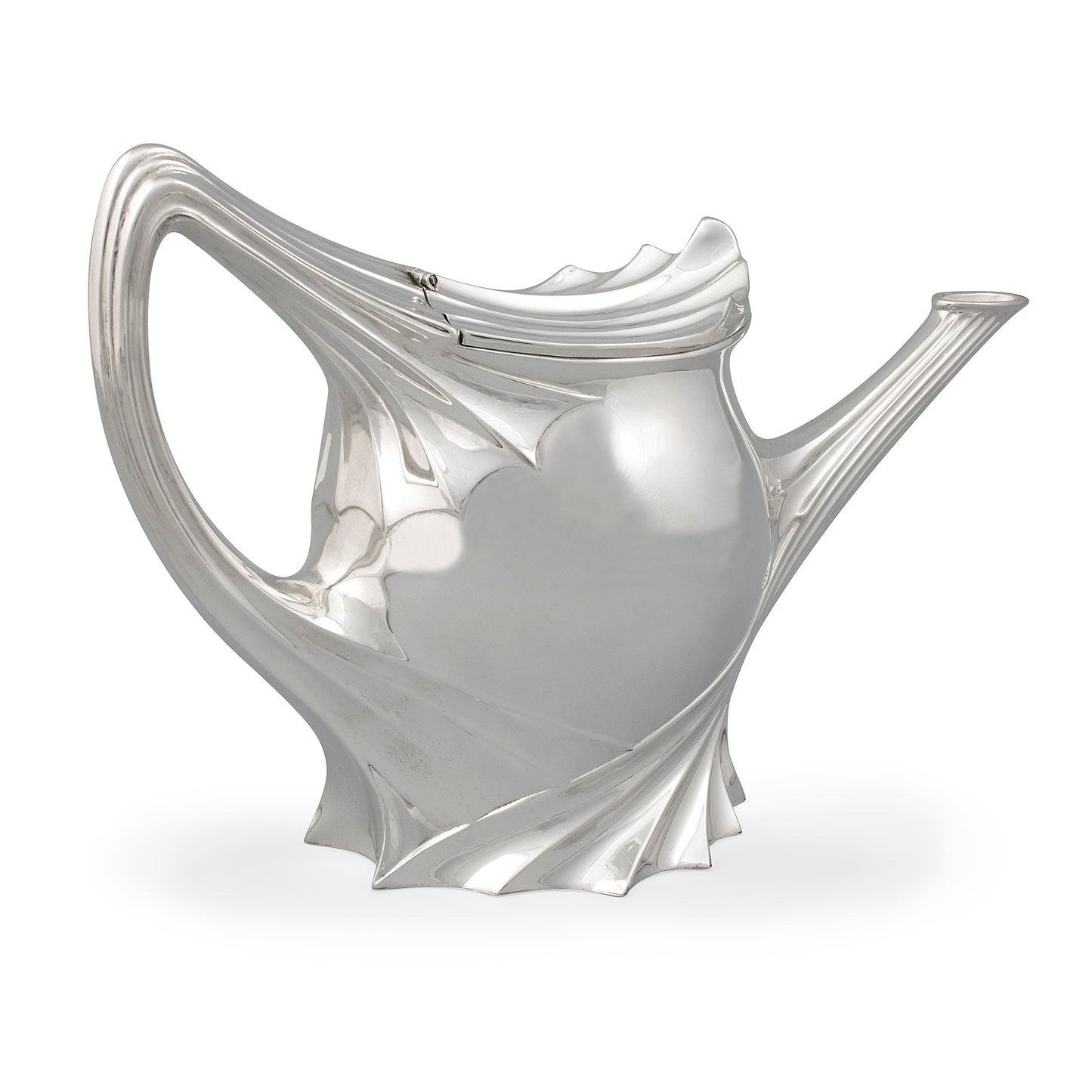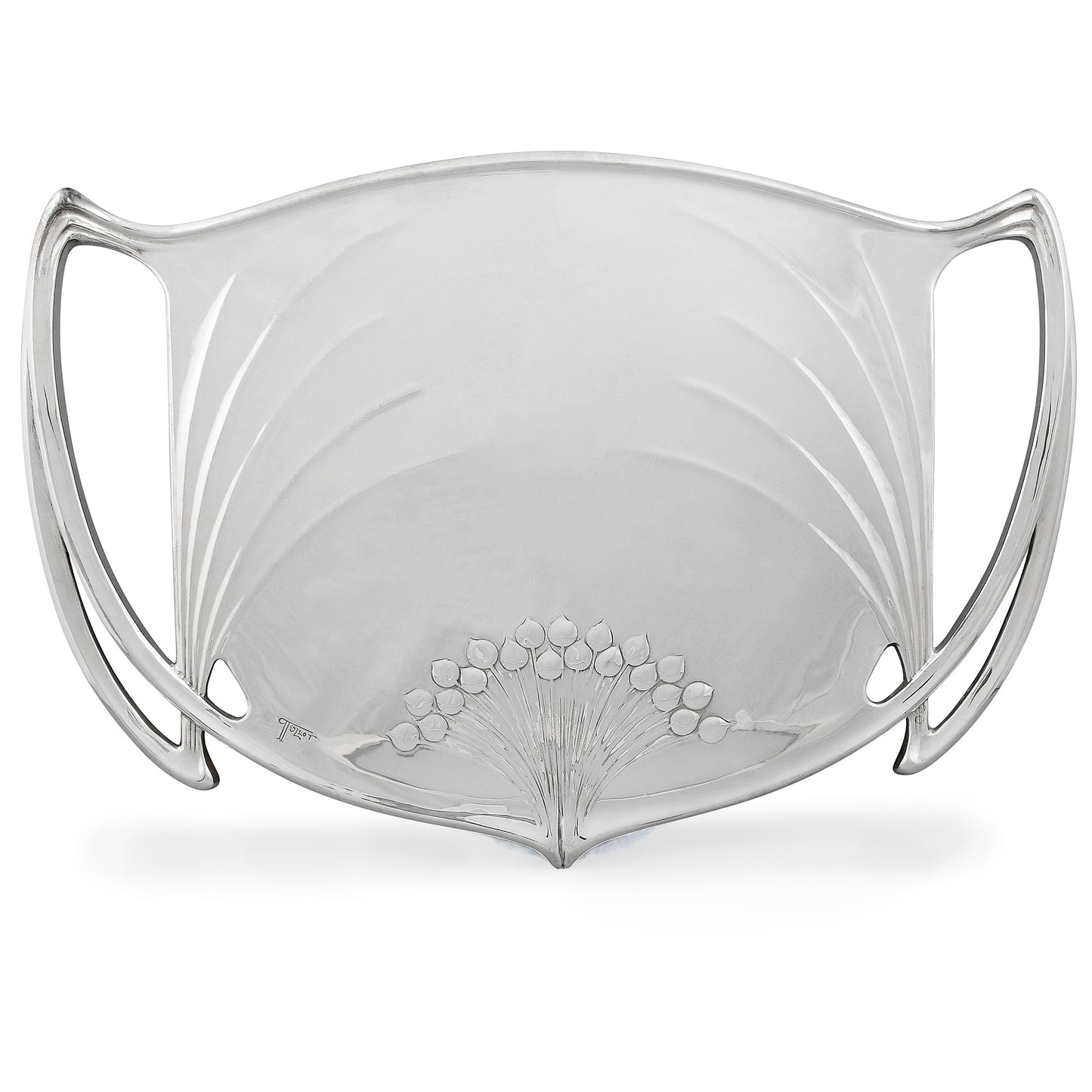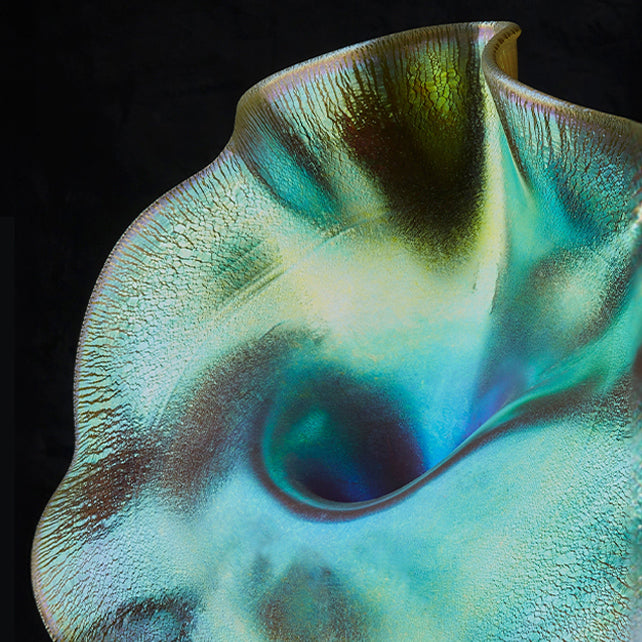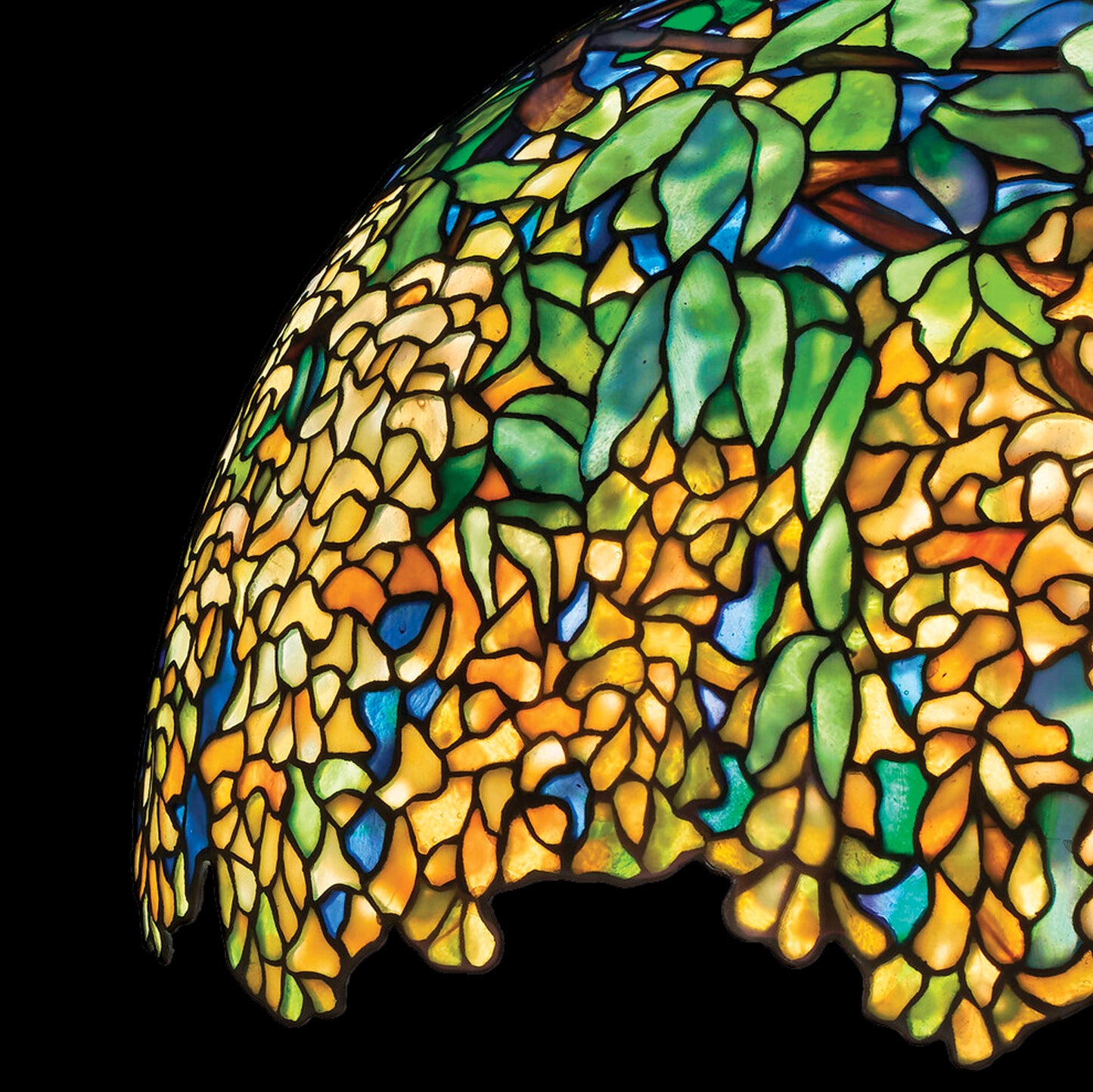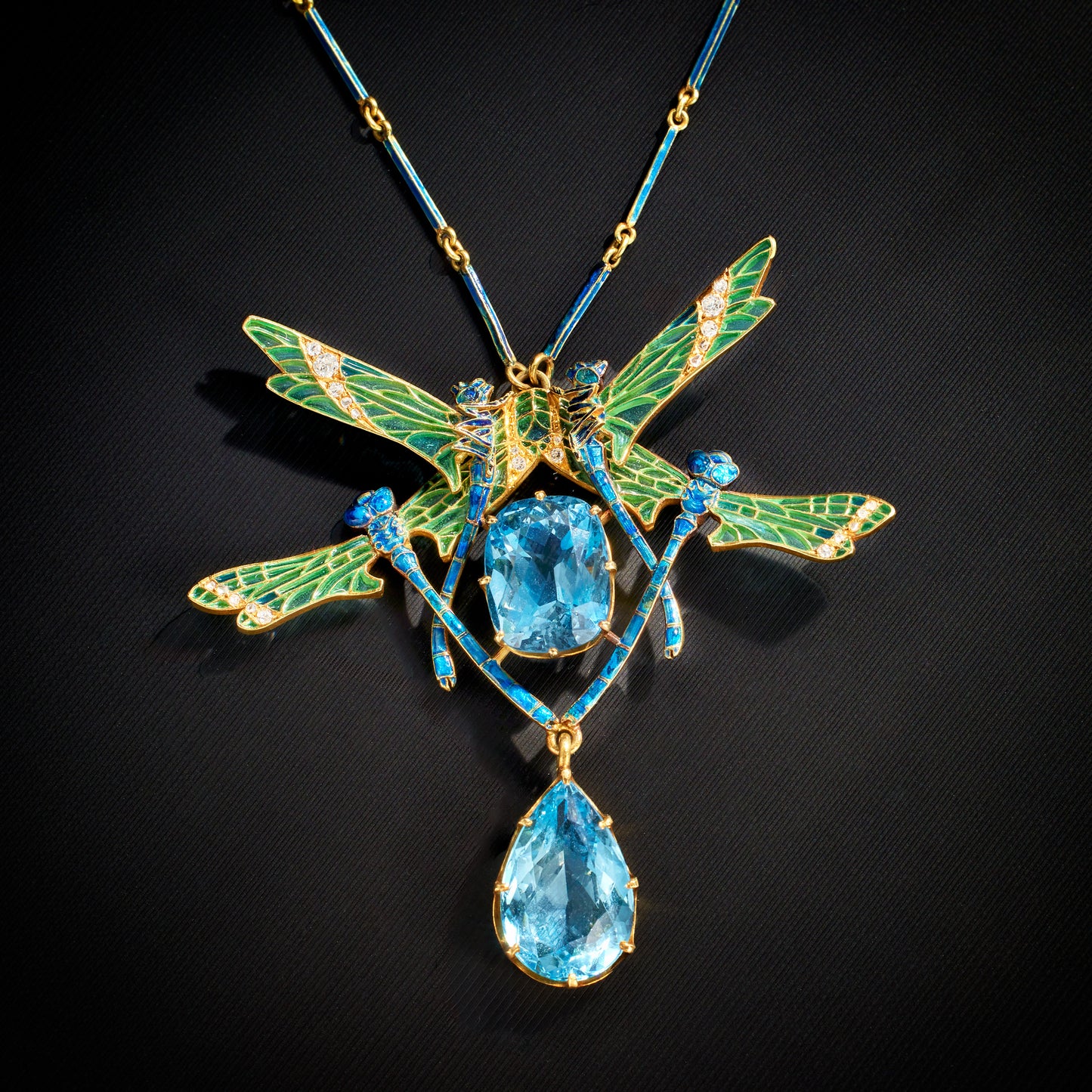Paul Follot Silvered Coffee and Tea Service Set
This rare and important piece of French Art Nouveau is a silvered metal coffee and tea service set by Paul Follot. The set includes a tray, tea and coffee pots, and containers for sugar and cream. The five-piece set is decorated with whiplash curves, fabric-like folds and a spray of "monnaie du pape," or "the Pope's money" leaves. Sold exclusively as matching set.
Item #: S-19787
Artist: Paul Follot
Manufacturer: Metallwarren Fabrik, F.w. Quist, Esslingen, Germany
Circa: 1900s
Dimensions: 16.75" width, 24.25" length (tray); 8" width, 12" height, 4.75" width (tea pot); for remaining pieces, please contact us for additional dimensions
Materials: Silver, Together with original box
Signed: All five pieces are signed "Follot"
Literature: Similar silver set pictured in Art Nouveau: The French Aesthetic, by Victor Arwas, p. 393; Similar silver set pictured in Art Nouveau Belgium France, by Yvonne Brunhammer, p. 206, pl. 306; Similar silver set pictured in Art Nouveau: 1890-1914, by Paul Greenhalgh, p. 234, pl. 14.13.; Similar silver set pictured in The French Decorative Arts, the Societé des Artistes Décorateurs 1900-1942, by Cf. Y. Brunhammer + S. Tise, Paris 1990, pp. 16-17.; Similar silver set pictured in Art Nouveau, by Judith Miller, p. 180
Exhibition History: Service set was originally exhibited at the Salon Décorateurs in 1904; Silver tea service set model is in the Musée d'Orsay, the Victoria and Albert Museum, and the Brohan Museum (Berlin); In 2000, an identical set was exhibited in "Art Nouveau 1890-1914" at the Victoria & Albert Museum, and again at the National Gallery of Art in Washington D.C.
Item #: S-19787
Artist: Paul Follot
Manufacturer: Metallwarren Fabrik, F.w. Quist, Esslingen, Germany
Circa: 1900s
Dimensions: 16.75" width, 24.25" length (tray); 8" width, 12" height, 4.75" width (tea pot); for remaining pieces, please contact us for additional dimensions
Materials: Silver, Together with original box
Signed: All five pieces are signed "Follot"
Literature: Similar silver set pictured in Art Nouveau: The French Aesthetic, by Victor Arwas, p. 393; Similar silver set pictured in Art Nouveau Belgium France, by Yvonne Brunhammer, p. 206, pl. 306; Similar silver set pictured in Art Nouveau: 1890-1914, by Paul Greenhalgh, p. 234, pl. 14.13.; Similar silver set pictured in The French Decorative Arts, the Societé des Artistes Décorateurs 1900-1942, by Cf. Y. Brunhammer + S. Tise, Paris 1990, pp. 16-17.; Similar silver set pictured in Art Nouveau, by Judith Miller, p. 180
Exhibition History: Service set was originally exhibited at the Salon Décorateurs in 1904; Silver tea service set model is in the Musée d'Orsay, the Victoria and Albert Museum, and the Brohan Museum (Berlin); In 2000, an identical set was exhibited in "Art Nouveau 1890-1914" at the Victoria & Albert Museum, and again at the National Gallery of Art in Washington D.C.












